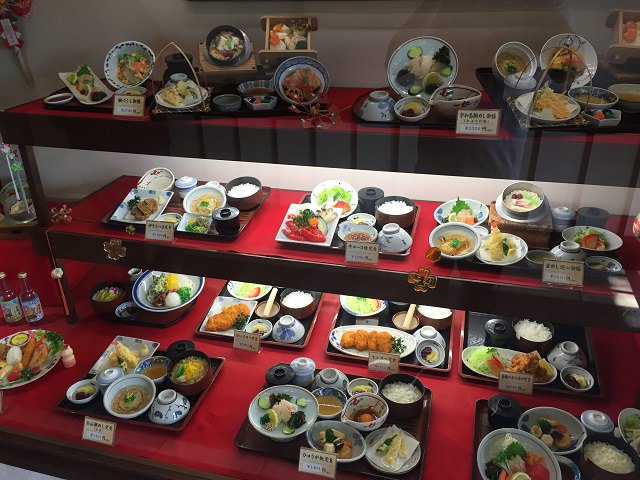Travel Japan: Shokuhin Sampuru
Posted:
Fake Foods

Japan's culinary excellence knows no bounds. Sushi, tempura, udon, ramen, and so many more dishes from Japan have reached international fame with their flavors. Even when you walk to a Japanese restaurant, you see the displays of food that prompts your stomach to growl and mouth to water. Though, when you look at those displays, they seem pretty realistic don't they? Well, that's because you're looking at a shokuhin sampuru. These plastic models of food are so popular in Japan, they've spawned competitions not unlike chef competitions.
How did this all start?

The history to Shokuhin Sampurus date back to the 1920's. A brief excerpt from our page:
Japanese artists and candle makers created models of food for restaurants because menus were not common a common thing in Japan at the time. As time went on, different materials were used for durability and detail. Plastic models are mostly handmade and are given a great level of care to ensure a realistic looking dish. While there are stock molds for these models, craftsmen can tailor each to create models identical to an establishment’s most popular dishes.
As you can see, these dishes don't skimp on the ”real-ness” factor. Each work could be considered art, and requires careful precision to create.
They're everywhere!

If you think these plastic food samples are only found at restaurants, you're sadly mistaken. For example, on a trip in Japan, our bus pulled over to one of the rest stops. While there was the usual vending machines, toilets, and some souvenirs to enjoy, there were also these samples showing off the foods of the prefecture. Tourists can then see the regional specialties and have an idea for what to get for their next meal. If you're not sure what to order, why not go to the restaurant with the best samples?



